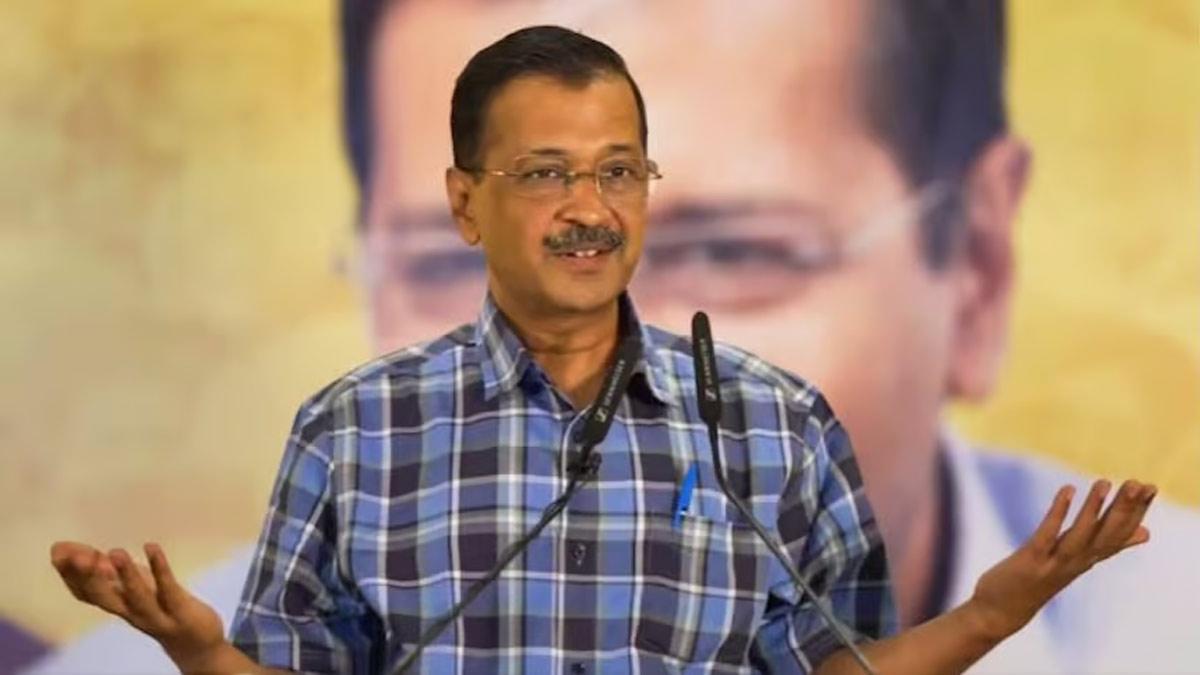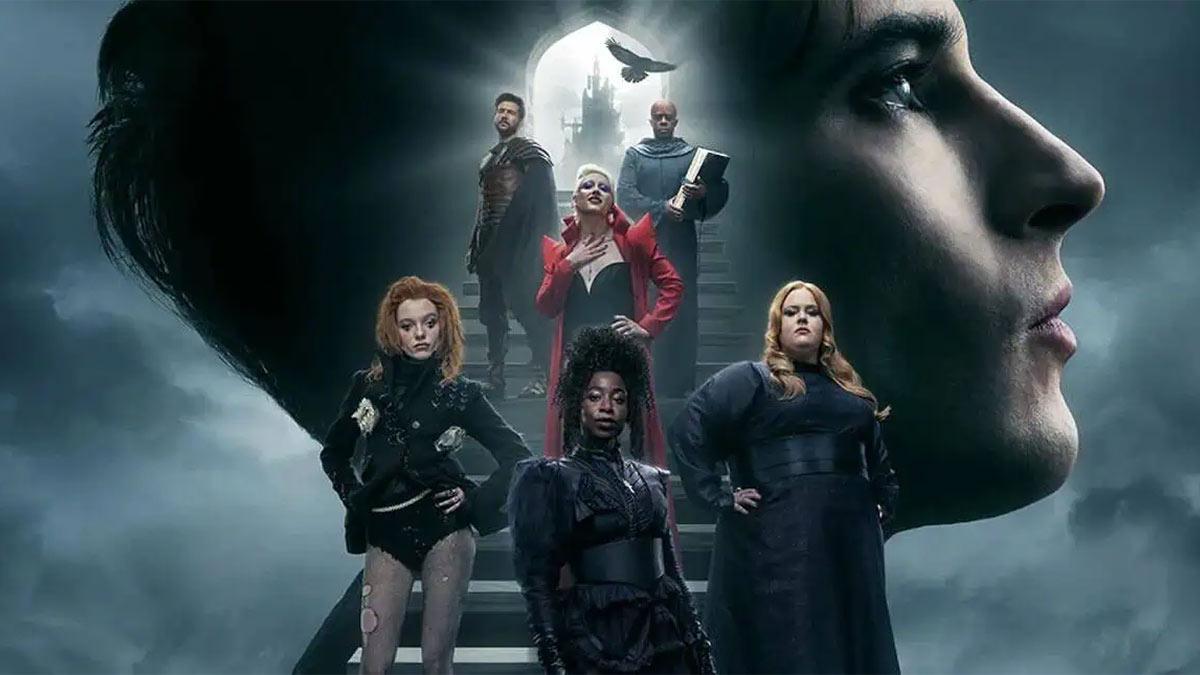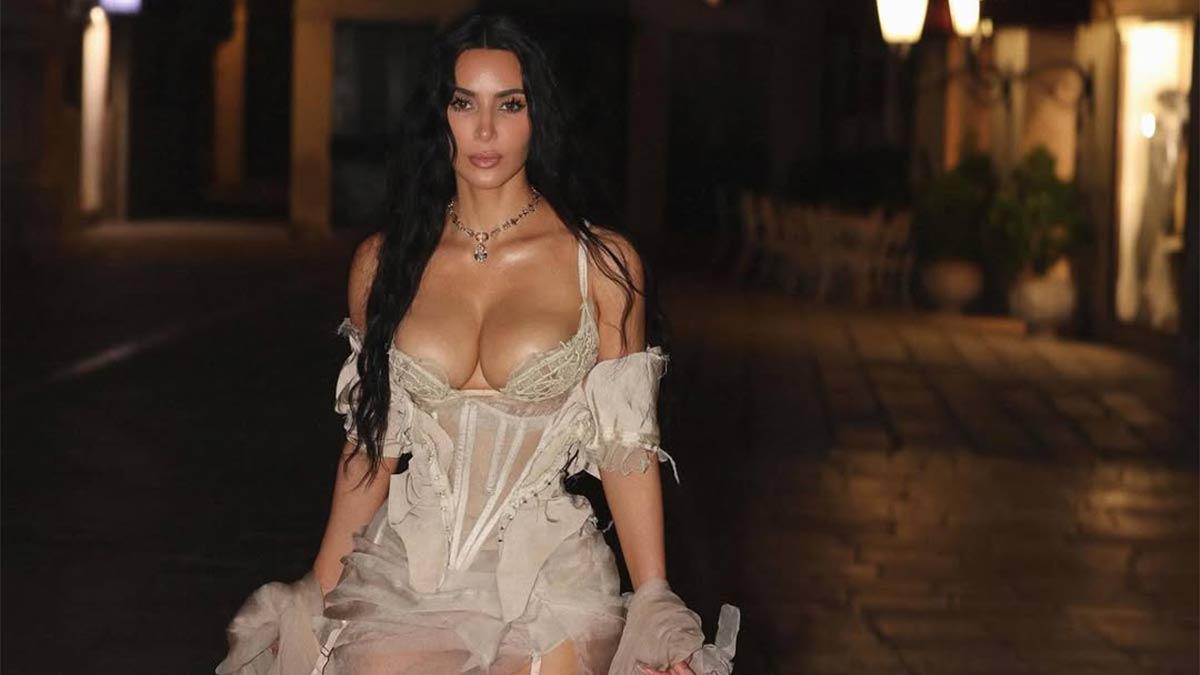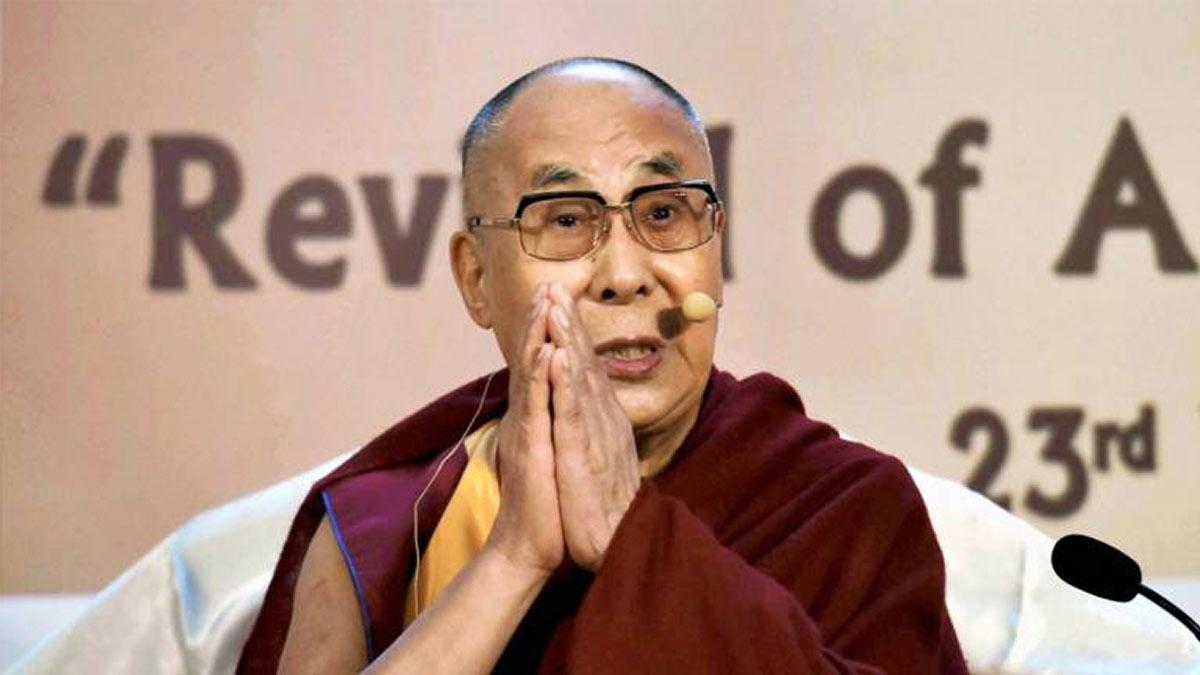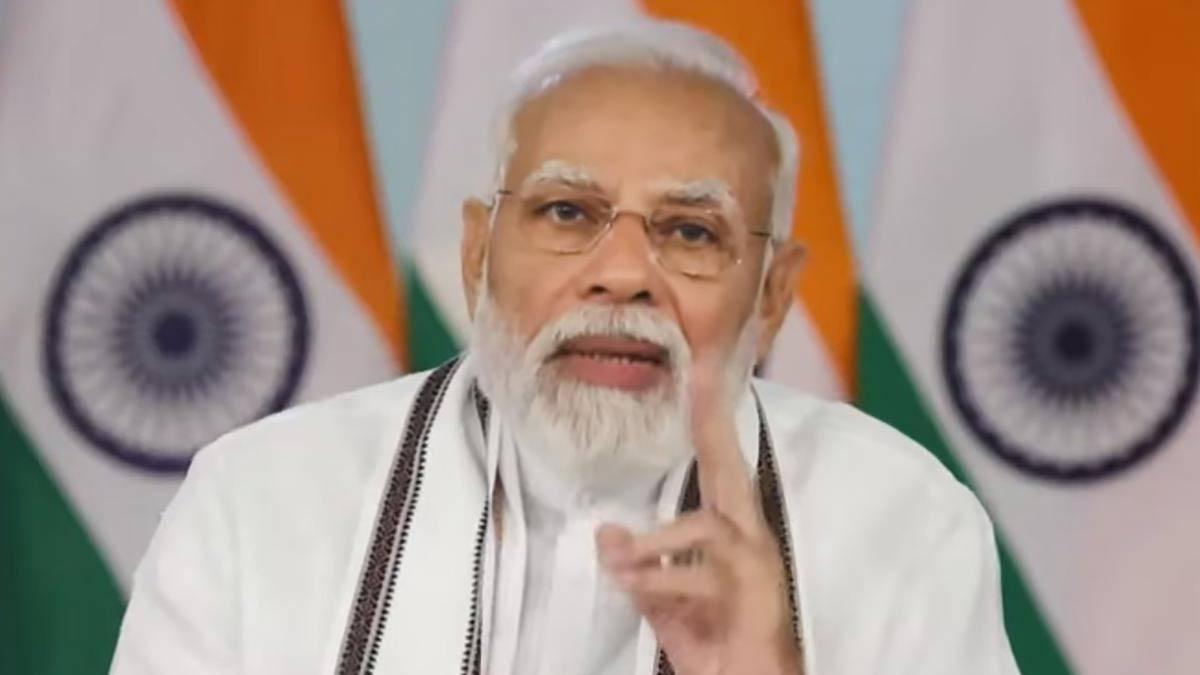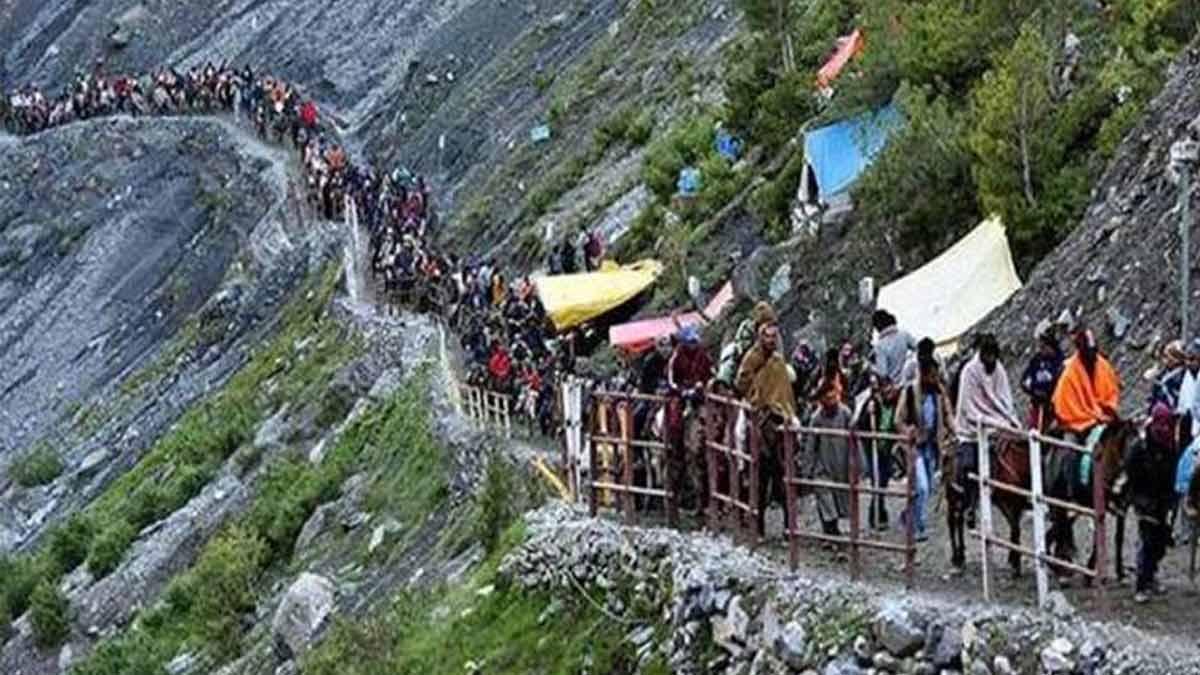Emphasizing a string of bad choices and lapses, a report prepared by the Comptroller and Auditor General (CAG) and tabled in the Delhi Assembly on Tuesday indicated that the liquor policy imposed in November 2021 and subsequently withdrawn in September 2022 caused the Delhi government a financial loss of ₹2,002.68 crore.
This policy of liquor became a major thorn in the side of the last AAP-led government, which saw some of its top leaders end up behind bars, including then-Chief Minister Arvind Kejriwal and Deputy Chief Minister Manish Sisodia. The policy was also said to have contributed in no small measure to AAP's defeat in the Assembly elections held this month, which allowed the BJP to regain power in Delhi after a 26-year break.
The report, presented amid raucous protests in the Assembly—which even resulted in suspension of a few AAP MLAs—classified the financial losses into various subheads. The highest loss of ₹941.53 crore was the result of not allowing liquor shops to open up in non-conforming areas—areas that fail to meet the land use provisions for liquor vends—according to the changed policy.
The second-largest loss of ₹890.15 crore was due to the non-issue of tenders for 19 zones where liquor licences had been surrendered. The report noted that "no excise revenue accrued as licence fee from these zones in the months following surrender. Significantly, no other contingent arrangement was made to continue liquor retail in these zones."
Also, the report mentioned that ₹144 crore of revenue was lost because of licence fee waivers issued in the name of COVID-19 relief, and another ₹27 crore was lost because of improper collection of security deposits from zonal licensees. All these four reasons together led to the overall loss of ₹2,002.68 crore.
Rule Violations
The CAG report also pointed out breaches, saying that the Delhi Excise Department did not implement Rule 35 of the Delhi Excise Rules, 2010. This rule disallows related parties from obtaining more than one category of liquor licences—wholesale, retail, or HCR (hotels, clubs, and restaurants). Sources say that this omission benefited certain individuals.
The critics of the liquor policy had also opposed the hike in the wholesaler margin from 5% to 12%. The Enforcement Directorate had accused the AAP leaders of taking half the increased margin in the form of kickbacks. The report has accepted that the reason cited for the hike was that the licensees had to set up government-approved laboratories within their warehouses where random quality tests on batches of liquor would be carried out and local transportation would be paid for.
But the report maintained that the local transportation fee "was not sufficient to offset the huge distributor margin increase" and that the quality testing laboratories, which would bear huge expenses, were never established or activated.
Sources suggested that these led to monopolization and cartelization of the liquor trade.
Market Dominance
Three wholesale dealers controlled more than 70% of the liquor trade in Delhi. The report further quoted, "Further, of the 367 brands of IMFL distributed by 13 Wholesale licensees, the largest number of brands were exclusively distributed by Indospirit (76 brands), followed by Mahadev Liquors (71 brands) and Brindco (45 brands). These three wholesalers also held 71.70 per cent of volume of liquor sold in Delhi."
Government vs Private Sales
The other notable finding in the report was the unequal distribution of best-selling whiskey brands between government liquor shops and private liquor shops, which led to state government revenue losses.
For example, a mere 9.25% of the overall sales of Royal Stag Reserve/Premier whiskey took place in government shops, while private liquor vends accounted for the rest of 90.75%. Officer's Choice Blue whiskey also had 22.04% of its sales in government shops, while "MCD No 1" whiskey—presumably McDowell's No 1—had an even lower government shop sales percentage of a mere 2.26%.
Read also| China Acknowledges India's Growing Influence and Power in Asia

